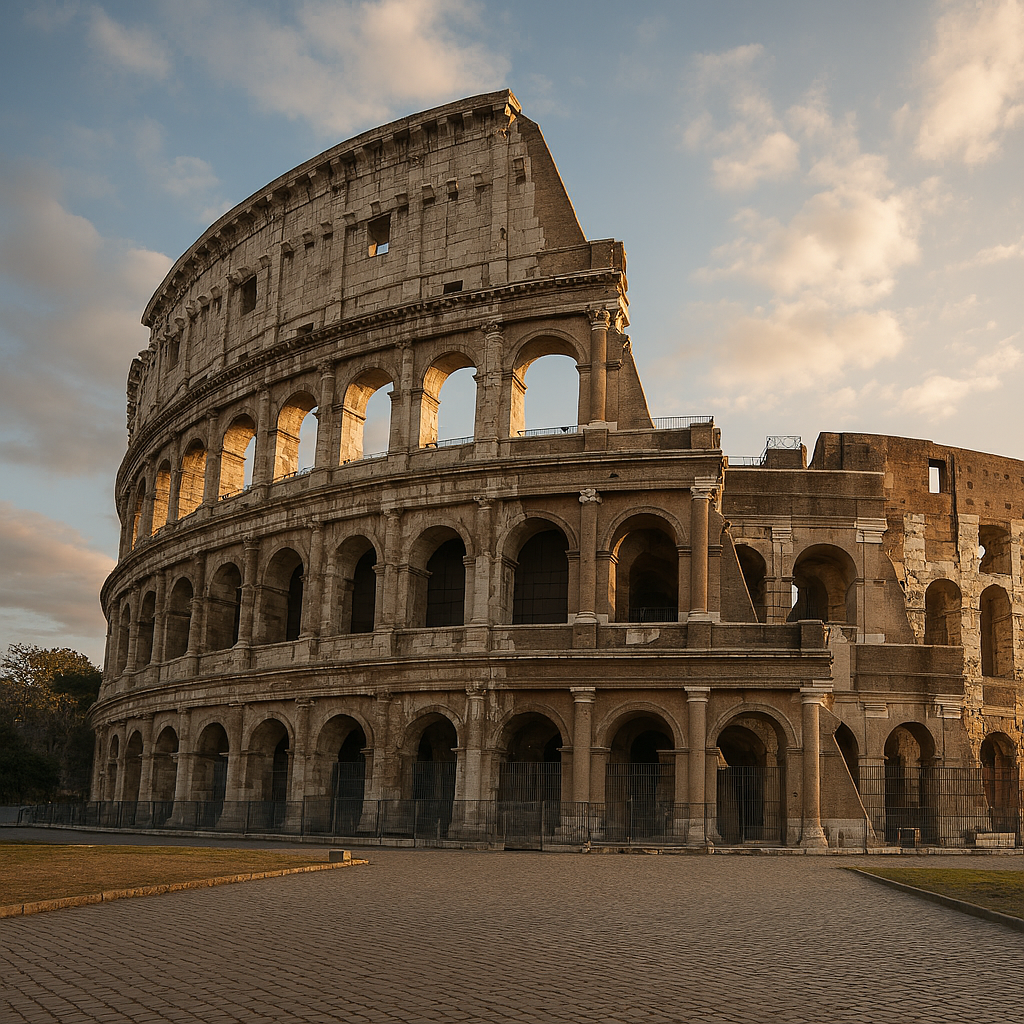
From the rumble of the Circus Maximus to the steamy quiet of public baths, leisure activities in ancient Rome were as diverse as Roman citizens themselves. While public amusement was meant to amuse the masses, private recreation was a mirror of society and personal preference of the times. To rich and poor, life was not always labor, but a fine balance of toil and otium (recreation).
Public amusements: Bread and circuses
Rich citizens and emperors used lavish, cost-free public games (ludi) to popularize themselves among the Roman populace, famously distracting the people with “bread and circuses.”.
- Chariot racing: The sport of choice for ancient Rome, chariot racing filled large arenas like the Circus Maximus, accommodating up to 250,000 spectators. Factions within teams were fiercely loyal, and fans openly cheered their favorite factions—the Reds, Whites, Blues, and Greens.
- Gladiatorial games: Held in places like the Colosseum, these games were a combination of combat, theater, and brutal entertainment. Gladiators, often slaves, criminals, or prisoners of war, fought each other or wild animals for fame and, in some cases, liberation.
- Venationes: “Wild beast hunts” were a dazzling spectacle of domination over nature. Exotic beasts, lions, elephants, and tigers, were brought in from the farthest reaches of the empire to fight each other or fight gladiators.
- Naumachiae: For special occasions, emperors would pay for elaborate mock sea battles in specially flooded arenas. These simulations created amusment for thousands.
The social hub: The public baths
Aside from the grandeur of the arenas, the public baths (thermae) were the focal point of Roman social culture. More than just a place for hygeine, bathhouses were large establishments that served as social clubs, health clubs, and business centers for Romans of all walks of life.
- Socialization: Romans spent hours at the baths, moving from room to room in varying temperatures—from the warm tepidarium to hot caldarium and cold frigidarium. There they socialized with friends and discussed politics.
- Amenities: Large bath complexes tended to have libraries, lecture halls, shops, and exercise courts (palaestra) for ball games and wrestling.
Private leisure activities and entertainment
Leisure for the rich elite tended to be a more refined experience.
- Banquets: Elaborate dinner parties were a great display of wealth and status. Hosts provided guests with rich food, wine, music, poetry readings, and professional entertainers like dancers and acrobats.
- Games of chance: Gaming with dice (tesserae) was a popular activity among every class, albeit under law regulation. Board games like latrunculi (similar to chess or checkers) also provided intellectual entertainment.
- Country pursuits: The rich Romans retreated to their country villas to engage in hunting, fishing, and horticulture. These pursuits, along with literary pastimes like reading and writing poetry, constituted a more isolated type of recreation.
Whether they convened in a packed amphitheater or reclined at an isolated villa, the Romans enjoyed their free time for diversion and amusement. Their diverse activities, ranging from elaborate public entertainment to domestic meals and gaming, influenced their social hierarchy and left a lasting footprint on the annals of amusement.